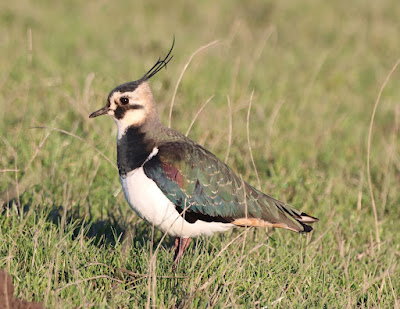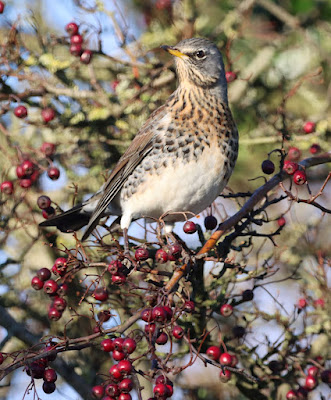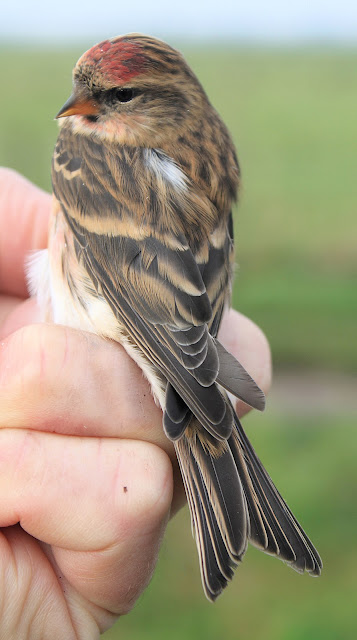Another Bird Blog today features a new release from Princeton Field Guides, Birds of China, published mid-December in the UK and mid-January 2024 in the US.
There are two authors of Birds of China; Liu Yang, professor of animal ecology and ornithology at Sun Yat-sen University and a leading authority on the birdlife of China; Chen Shuihua is deputy director of the Zhejiang Museum of Natural History, home to one of China’s largest collections of bird specimens.
Birds of China is the first complete English language guide to China’s fantastic birdlife and a testament to the massive strides the country has achieved in becoming a birding resource to its own people and a destination increasingly accessible to tourists.
Birds of China in the year of 2023 is an English version, a translation from the Chinese National Geography (CNG) edition by the same authors first published in 2021.
In China, birding and what is known as its “bird people” is a growing leisure activity that developed as recently as the 1990s when knowledge and identification was shared mostly by word of mouth. Around that time J MacKinnon’s Field Guide to the Birds of China was THE guide to China but a book unlikely to be available to the majority of a population of some 1.66 billion people, even if they were able to find a copy in that vast country. Given the huge advances in recent years about species, distributions and taxonomy the MacKinnon guide is now somewhat out of date and a newer and therefore more modern field guide was both overdue and very welcome.
Upon opening the book there is a very useful, illuminating and rather charming two-page Forward - Chinese Birders - From Emergence to Citizen Science by SUN Lili, President of Society of Entrepreneurs and Ecology. The Forward describes how birding is still very much in its infancy in China, home to 1400 species and 14% of the global total in a country of approximately 3.7 million square miles, a country that contains a huge and diverse variety of habitats. China has three of the Earth’s nine major migratory flyways and the country is visited by 20-25% of the world’s migratory bird populations!
On scrutiny of the main text the translation from the original Chinese version works well however I will mention one or two potential drawbacks that might deter English speaking buyers.
The Contents at Pages 11 and 12 list the species firstly in Mandarin Chinese followed by the Latin bird family e.g. Anseriformes, Galliformes, Gaviiformes etc. This means that English names do not appear until the individual species’ accounts and unless a reader is totally comfortable with Latin names they must turn to the Common Name/English Index at Page 651 to find the whereabouts of the family or species they seek. Other than this rather cumbersome process a flick through the pages will usually find the location of the waders, warblers and raptors etc in a familiar systematic order.
Because this single volume must contain information about 1500 species together with 4,000 illustrations & plates, the information is of necessity a little crowded into the 672 pages in order to make a portable book. Birds of China weighs in at a hefty 1.6 kg, making for a large contribution to a backpack of birding and/or travel gear.
The guide follows a traditional layout of plates opposite the texts and, through annotations, points out salient ID features. The text is in Mandarin, English and scientific nomenclature for each species, making it accessible to a wide range of enthusiasts based in many countries.
Here in the species’ accounts and on the illustrations plates I found the print a little small for my liking and also a pale shade of grey against the white pages where a black typeface would improve the reading experience.
Against the grain of recent bird guides based on photographs Birds of China boasts a set of painted plates from about 25 Chinese artists. Without exception the paintings are very good, some exceptional and where I was especially struck by the shrikes, herons, owls and raptors. The style of the paintings is very much alike throughout and it is difficult to see where one artist ends and the next begins.
Upon delving further into the core of the book I was reminded of how many species we in the UK and Europe share with China, a point reinforced in recent years by the number of “new for the UK and the Western Palearctic species” which originate in the Far East. Birders travelling to China will encounter many familiar species among the exciting and vibrant birds they will surely see for the very first time.
Relatively minor quibbles aside, I can thoroughly recommend this new guide, a ‘must-have’ for those with an interest in China’s birds but especially so for long-distance birders who like to explore exciting new places and opportunities.
At £35 Birds of China is pretty much another bargain we have come to expect from Princeton’s output of birds and wildlife, a book that should find a place on many a bookshelf.
Birds of China
Price: $39.95/£35.00
ISBN: 9780691237527
Published (US): Jan 16, 2024
Published (UK): Dec 12, 2023
Copyright:2024
Pages: 672
Size: 6.13 x 9.25 in.
Weight: 1.6 kg
4,000 colour illustrations
































































.jpg)













